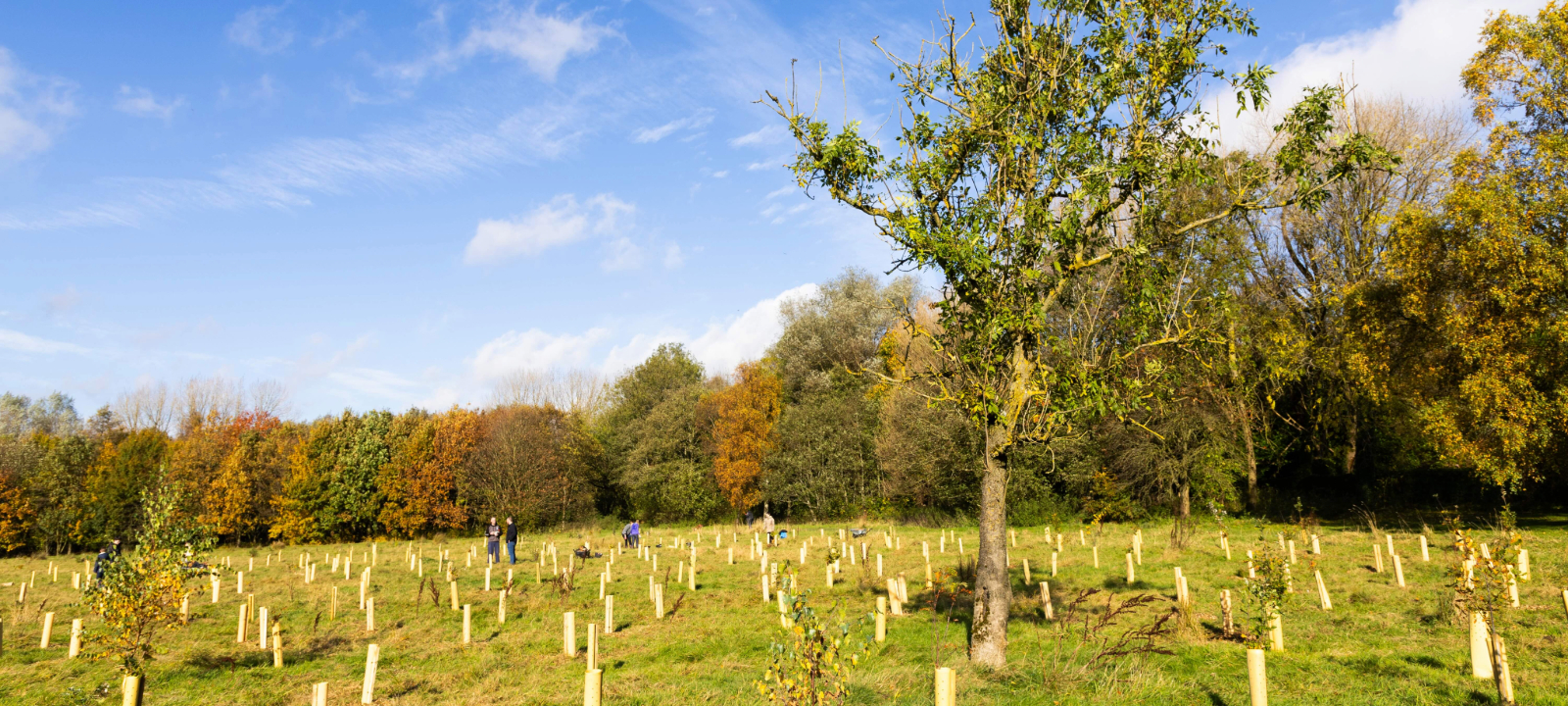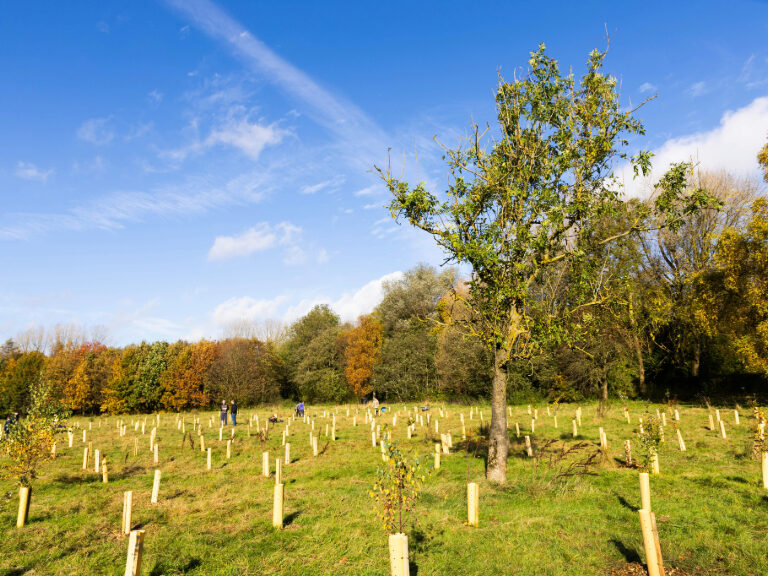

Our impact
Growing more trees for Greater Manchester
Our stats are really important to us – they’re how we measure the impact we’re making for Greater Manchester in a tangible way as we plant millions of trees for the region. We share our stats with global platforms like Restor to demonstrate how trees planted in Greater Manchester contribute to global action, as well as sharing with partners such as Greater Manchester Combined Authority to keep track of the region’s progress against the Five-Year Environment Plan.
Our impact totaliser
We update this quarterly and dates back to the start of City of Trees. You’ll see more trees added following the end of tree planting season each spring.
143
Orchards created
1612
Street trees planted
7301
Metres of hedgerow created